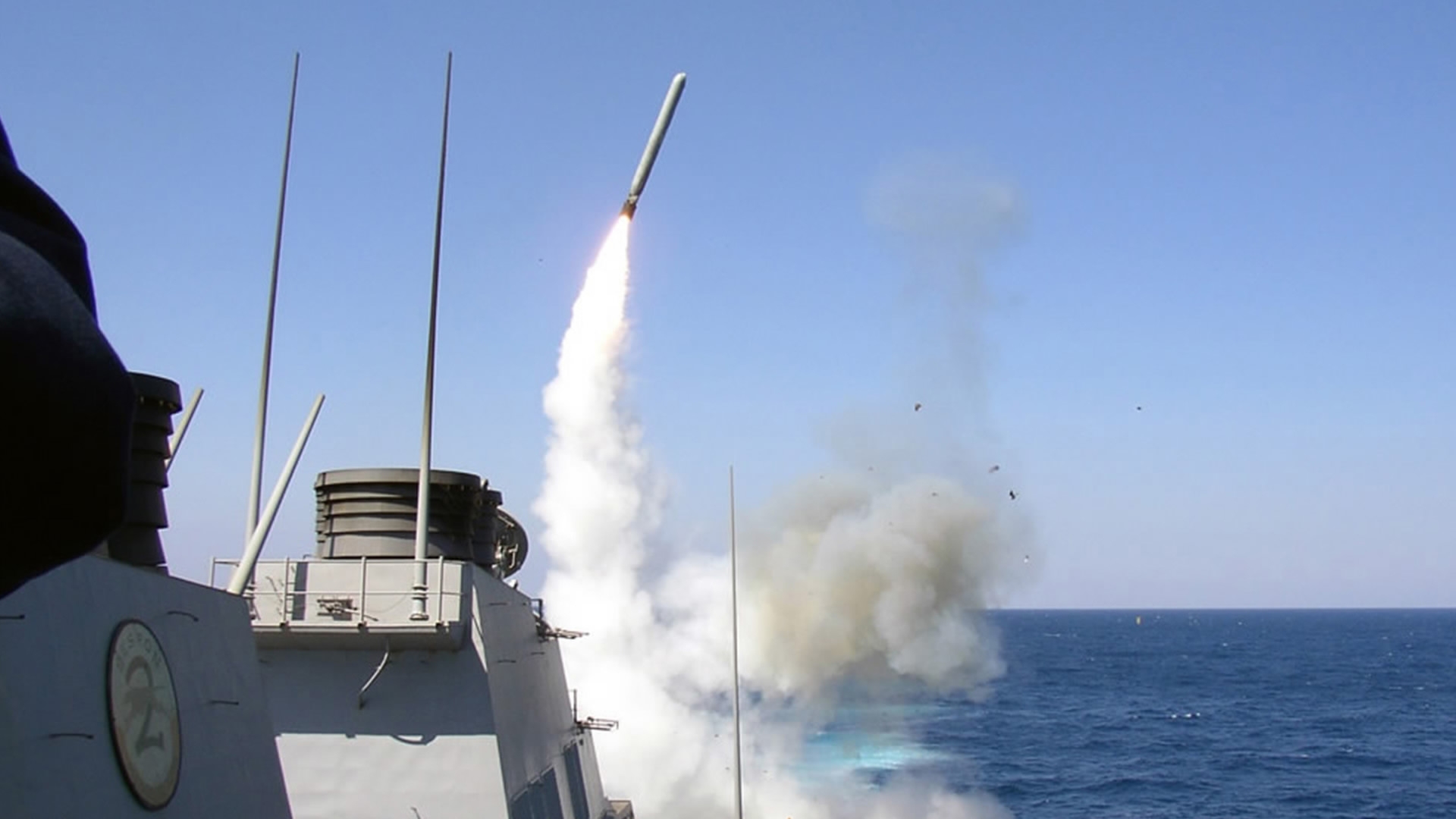
Politics
14:58, 03-Feb-2018
Pentagon pushes for new, low-yield nuclear weapons
CGTN

The US military wants to revamp its nuclear arsenal and develop new low-yield atomic weapons, largely in response to Russian actions in recent years, the Pentagon said in a policy statement released Friday.
The so-called Nuclear Posture Review outlines the Pentagon's nuclear ambitions under President Donald Trump and is the first time since 2010 that the military has spelled out how it foresees nuclear threats in the coming decades.
"The strategy develops capabilities aimed at making use of nuclear weapons less likely," Trump said in a statement. "It enhances deterrence of strategic attacks against our Nation, and our allies and partners, that may not come in the form of nuclear weapons."

US President Donald Trump is greeted by Defense Secretary Jim Mattis, after arriving for a meeting at the Pentagon in Arlington, Virginia, US, January 18, 2018. /VCG Photo
US President Donald Trump is greeted by Defense Secretary Jim Mattis, after arriving for a meeting at the Pentagon in Arlington, Virginia, US, January 18, 2018. /VCG Photo
"And, importantly, it reaffirms our commitment to arms control and nuclear non-proliferation, maintains the moratorium on nuclear testing, and commits to improving efforts to prevent, detect, and respond to nuclear terrorism," he said.
The document marks a sobering break from the vision for America's atomic future under Barack Obama, who during a famous speech in Prague in 2009 called for the elimination of nuclear weapons.
"This is a response to Russian expansion of their capability and the nature of their strategy and doctrine," US Defense Secretary Jim Mattis wrote in the introduction to the 75-page document.
"These developments, coupled with Russia's seizure of Crimea and nuclear threats against our allies, mark Moscow's decided return to Great Power competition," the document said.

This US Air Force handout photo shows an unarmed Minuteman III intercontinental ballistic missile is launched during an operational test in 2017 from Vandenberg Air Force Base, California, US. /VCG Photo
This US Air Force handout photo shows an unarmed Minuteman III intercontinental ballistic missile is launched during an operational test in 2017 from Vandenberg Air Force Base, California, US. /VCG Photo
The Pentagon worries Russia assumes America's regular, large-yield weapons are essentially too big ever to be detonated, as their use would likely result in large-scale retaliation and wipe much of humanity off the map.
"There are strong indications that our current strategy posture and capabilities are perceived by the Russians as potentially inadequate to deter them," Greg Weaver, the deputy director of strategic capabilities for the military's Joint Staff, told reporters.
"The US and NATO require a wider range of credible low-yield nuclear options to do a very specific thing: to convince the Russian leadership that if they initiate limited nuclear use, in a war with the alliance, our response will deny them the objective they seek and impose costs that far outweigh those benefits they can achieve," he added.
The document, an earlier version of which was leaked last month, says that by having additional smaller nukes, the Pentagon can counter adversaries' "misperceptions" that the United States would not respond to another country using its own low-yield bomb.

August 6, 1945: Smoke billows above Japan's Hiroshima following the world's first atomic bombing. /VCG Photo
August 6, 1945: Smoke billows above Japan's Hiroshima following the world's first atomic bombing. /VCG Photo
The new strategy calls for a continuation of the nuclear modernization program ordered by Obama that encompasses all pillars of the "triad" – ground-based intercontinental ballistic missiles, submarine-launched weapons and bombs delivered by plane. But unlike the Obama strategy, which stressed reducing the role of nuclear weapons, the new policy has a more assertive tone.
Low-yield nuclear weapons, also known as "tactical" nukes, are still extremely powerful and can pack as much destructive punch as the bombs dropped on Hiroshima and Nagasaki at the end of World War Two.
11163km
Source(s): AFP

SITEMAP
Copyright © 2018 CGTN. Beijing ICP prepared NO.16065310-3
Copyright © 2018 CGTN. Beijing ICP prepared NO.16065310-3